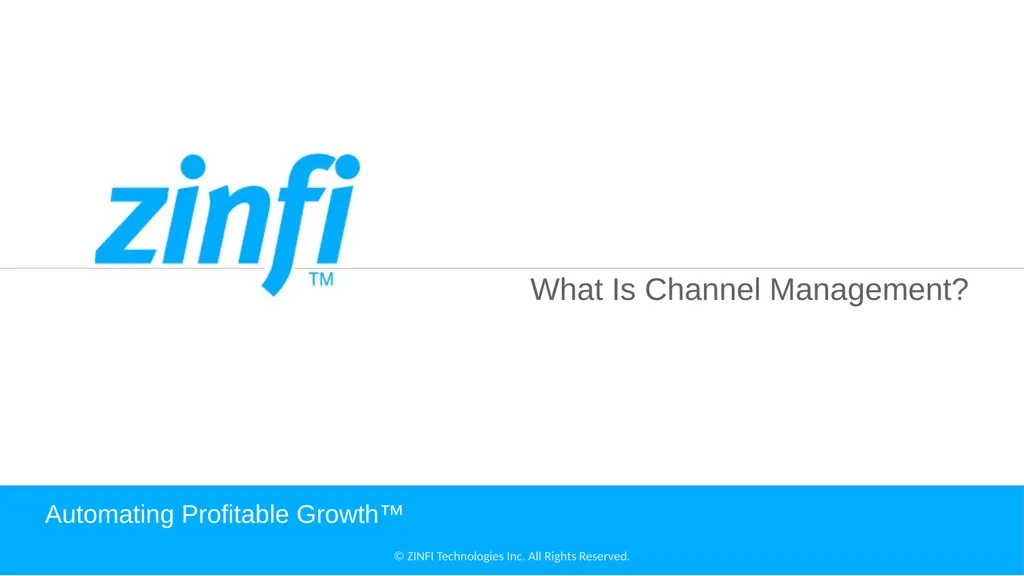
What Is Channel Management? Automating Profitable
Author: tatiana-dople | Published: 2025-07-16
Description: What Is Channel Management? Automating Profitable Growth What Is Channel Management? The word channel indicates a passageway through which something flows. Channel management is a discipline in management science in which a vendor
Download Presentation
Download the PPT/PDF: Download
Transcript:
Loading transcript…